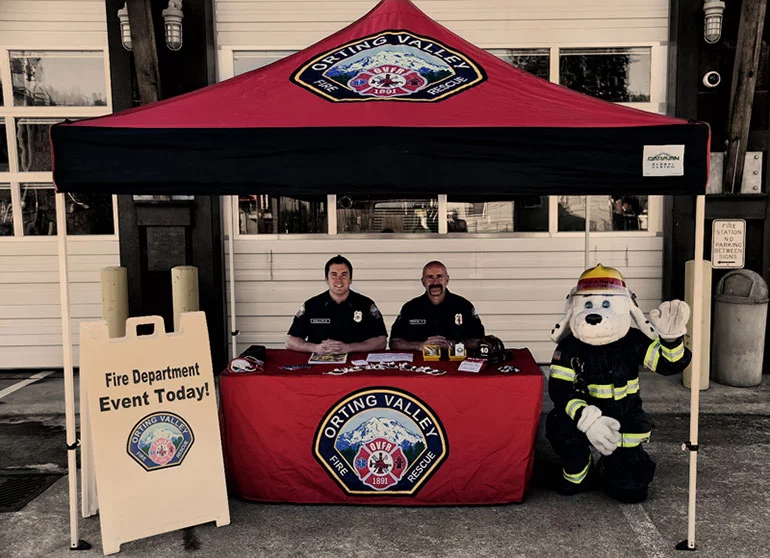Pop Up Canopy Tents: The Fast and Easy Buying Guide
There are so many different options to consider when looking for the perfect pop up canopy. Reading this article will clear up the confusion, and help you find the best pop up tent for you.
Today, we're going to take you through the different options for purchasing pop up canopies so that you can make that perfect choice.


